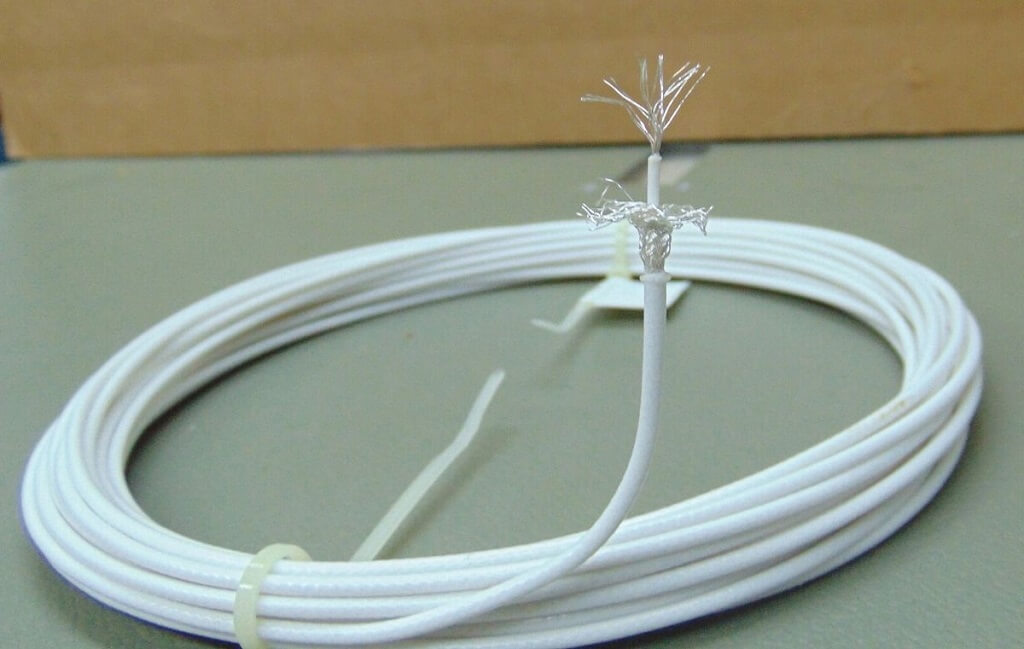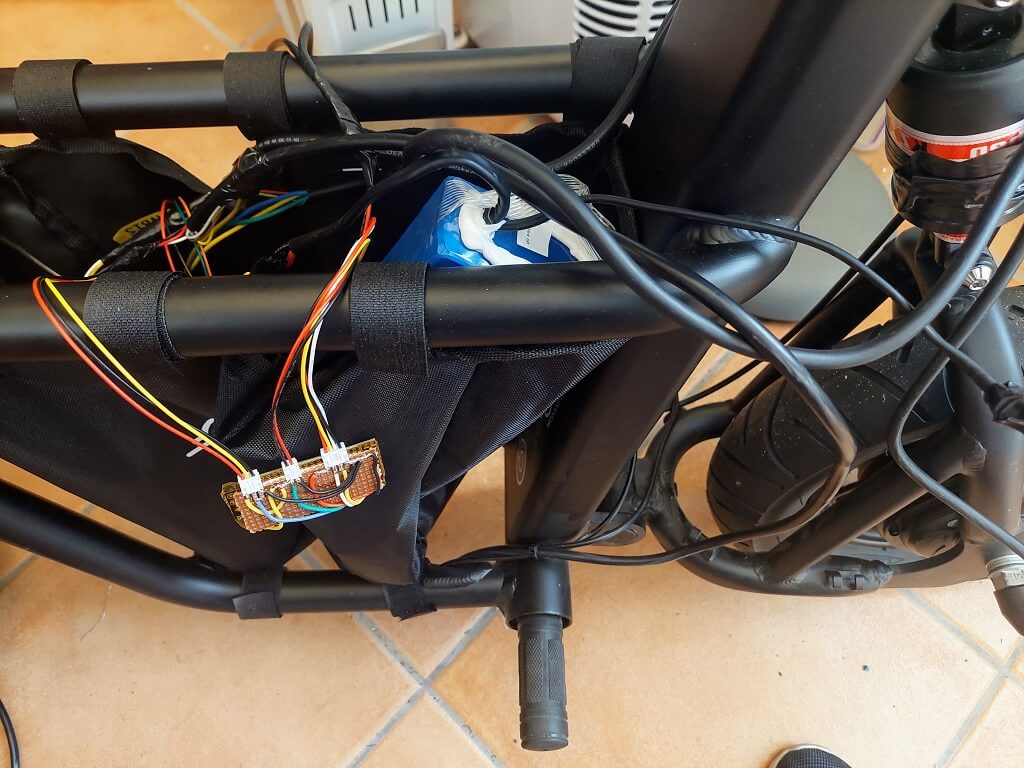Electric bikes rely on a combination of electrical and mechanical components to deliver a smooth and enjoyable riding experience. One crucial aspect of electric bike design often overlooked is the cable system, which plays a pivotal role in transmitting signals and power between various components. To enhance the overall performance and longevity of these cable systems, manufacturers are increasingly turning to PTFE liners.
In this article, we’ll delve into the significance of PTFE liners in electric bike cable systems and explore the benefits they bring to both manufacturers and riders.
Understanding the Role of Cable Systems in Electric Bikes
Before delving into the advantages of PTFE liners, it’s essential to understand the significance of cable systems in electric bikes. These systems consist of a network of cables responsible for transmitting power and signals between key components, such as the battery, motor, display, and controls. Without efficient cable systems, an electric bike’s performance can suffer, resulting in reduced power delivery, poor responsiveness, and even safety concerns.
Cable systems in electric bikes must meet specific requirements, such as flexibility, durability, and resistance to environmental factors like moisture, dust, and temperature fluctuations. Manufacturers are continually looking for ways to improve these critical aspects, and PTFE liners have emerged as a compelling solution.

The Role of PTFE Liners in Electric Bike Cable Systems
PTFE liners are thin, durable, and possess unique characteristics that make them well-suited for electric bike cable systems. Let’s explore the key roles PTFE liners play in enhancing cable system performance.
- Reduced Friction: PTFE is renowned for its low coefficient of friction. When used as a liner within cable housing, it significantly reduces the friction between the inner cable and the housing itself. This reduction in friction results in smoother cable movement, enhancing the overall responsiveness and efficiency of the electric bike.
- Enhanced Durability: Electric bike cable systems are exposed to various environmental conditions, such as moisture, dust, and temperature variations. PTFE liners provide exceptional resistance to these factors, ensuring long-lasting cable performance. They are also highly resistant to chemicals, which is essential for protection against corrosive substances on the road.
- Improved Cable Life: PTFE liners reduce the wear and tear on cables, extending their lifespan. This is particularly valuable for electric bikes, where reliable and durable cable systems are essential to ensure safety and performance.
- Consistent Performance: PTFE liners maintain their properties over time, offering consistent performance throughout the life of the cable system. This consistency is crucial for riders who rely on their e-bikes for daily commuting or recreational purposes.
- Enhanced Signal Transmission: In addition to power transmission, cable systems in electric bikes are responsible for transmitting signals between various components, such as the motor and the display. PTFE liners ensure accurate and reliable signal transmission, preventing data loss or signal interference.
- Weight Reduction: PTFE liners are incredibly lightweight, contributing to the overall weight reduction of an electric bike. Reduced weight can lead to increased energy efficiency and a longer battery life, providing riders with more extended ranges.
- Noise Reduction: PTFE liners help dampen vibrations and reduce noise in the cable system, resulting in a quieter and more comfortable riding experience.
- Improved Safety: Reliability is paramount when it comes to electric bikes, and PTFE liners enhance safety by ensuring that the brake and gear cables operate smoothly and without delays or glitches.
Conclusion
PTFE liners have emerged as a critical component in enhancing electric bike cable systems, providing reduced friction, improved durability, and consistent performance. For riders, this translates into a smoother, quieter, and safer riding experience, with the added benefits of extended cable life and enhanced signal transmission. Additionally, the weight reduction achieved through PTFE liners can lead to improved energy efficiency and longer battery life, making electric bikes even more practical for daily use.





